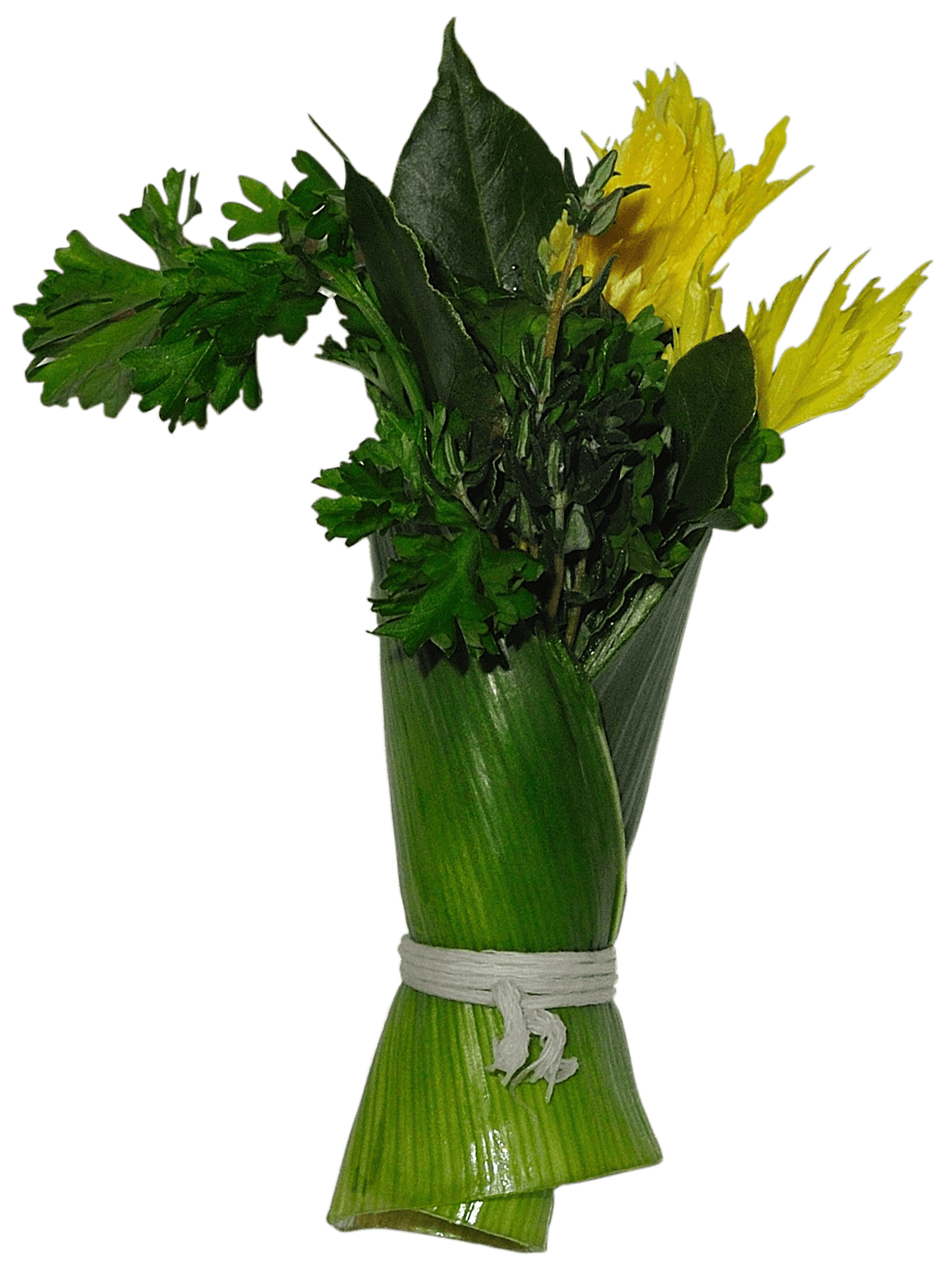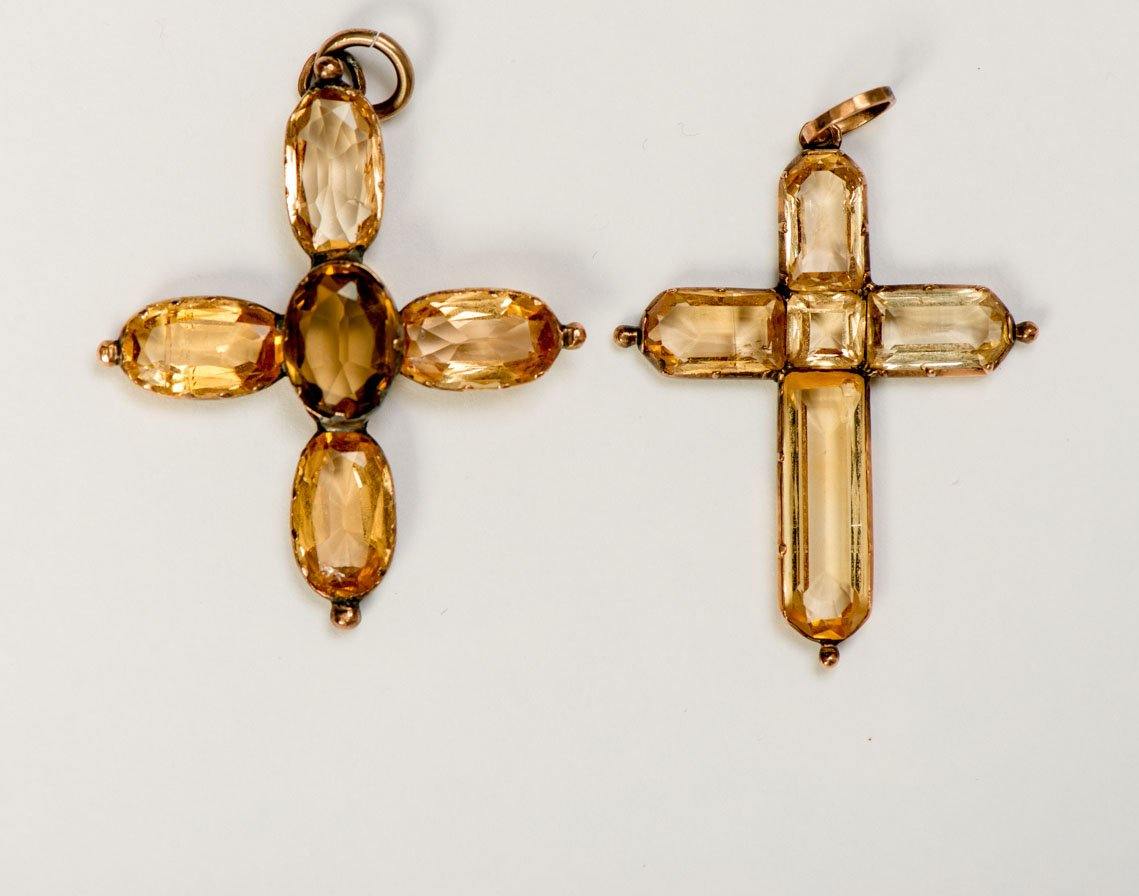Hosting a Regency Tea Party
Anna, the Duchess of Bedford, is credited with creating the ritual of afternoon tea sometime in the early to mid 1800’s as a remedy against the “sinking feeling” she felt between luncheon and the late hour of Court dinners. The practice soon caught on among her friends in the upper class circles and the rest is history.

Taking tea during Jane Austen’s day was nothing like what the term implied a few decades later with the advent of Afternoon Tea. During the Regency, Tea was produced about an hour after dinner, signaling the end of the port and cigars in the dining room and gossip and embroidery in the drawing room. The lady of the house, or her daughters, if she wished to show them off to advantage, would make and pour the tea and coffee, seeing to it that all guests were served. After tea, the family and any guests might remain in the drawing room to read aloud, sew or play games together until supper (if served) or bedtime.
Sir John never came to the Dashwood’s without either inviting them to dine at the Park the next day, or to drink tea with them that evening.
Sense and Sensibility
If dinner had been late, supper might be replaced by light refreshments served with the tea, such as toast, muffins, or cake. Tea or wine and refreshment of some sort or other would be offered to visitors who stopped by throughout the day. During the Regency, tea was also served at Breakfast and could be found throughout the day at any of the popular Tea Gardens or Tea Shops, which served tea and light refreshments for a small fee.
A formal invitation to tea always implied an after dinner gathering with some sort of entertainment whether games or music or conversation. An evening such as this might end in an informal dance if there were enough partners and a willing accompanist.

When having friends to Tea, the most important part is, of course, the tea. Brew fresh tea of the highest quality and serve it with coffee or cocoa if you prefer. Provide an assortment of breads, rolls, cakes, cookies and sweet treats. Use your best china and entertain with a variety of period games and music. Read aloud from the works of Jane Austen and her contemporaries or have each guest read her own favorite passage.
As Anne Elliot says,
"My idea of good company… is the company of clever, well-informed people, who have a great deal of conversation; that is what I call good company."
If you liked this article about Regency tea parties, and would like to have your own Regency afternoon tea, you might like to have a look at our
Netherfield Collection of exclusive teaware.
 Taking tea during Jane Austen’s day was nothing like what the term implied a few decades later with the advent of Afternoon Tea. During the Regency, Tea was produced about an hour after dinner, signaling the end of the port and cigars in the dining room and gossip and embroidery in the drawing room. The lady of the house, or her daughters, if she wished to show them off to advantage, would make and pour the tea and coffee, seeing to it that all guests were served. After tea, the family and any guests might remain in the drawing room to read aloud, sew or play games together until supper (if served) or bedtime.
Taking tea during Jane Austen’s day was nothing like what the term implied a few decades later with the advent of Afternoon Tea. During the Regency, Tea was produced about an hour after dinner, signaling the end of the port and cigars in the dining room and gossip and embroidery in the drawing room. The lady of the house, or her daughters, if she wished to show them off to advantage, would make and pour the tea and coffee, seeing to it that all guests were served. After tea, the family and any guests might remain in the drawing room to read aloud, sew or play games together until supper (if served) or bedtime.
 When having friends to Tea, the most important part is, of course, the tea. Brew fresh tea of the highest quality and serve it with coffee or cocoa if you prefer. Provide an assortment of breads, rolls, cakes, cookies and sweet treats. Use your best china and entertain with a variety of period games and music. Read aloud from the works of Jane Austen and her contemporaries or have each guest read her own favorite passage.
As Anne Elliot says, "My idea of good company… is the company of clever, well-informed people, who have a great deal of conversation; that is what I call good company."
If you liked this article about Regency tea parties, and would like to have your own Regency afternoon tea, you might like to have a look at our Netherfield Collection of exclusive teaware.
When having friends to Tea, the most important part is, of course, the tea. Brew fresh tea of the highest quality and serve it with coffee or cocoa if you prefer. Provide an assortment of breads, rolls, cakes, cookies and sweet treats. Use your best china and entertain with a variety of period games and music. Read aloud from the works of Jane Austen and her contemporaries or have each guest read her own favorite passage.
As Anne Elliot says, "My idea of good company… is the company of clever, well-informed people, who have a great deal of conversation; that is what I call good company."
If you liked this article about Regency tea parties, and would like to have your own Regency afternoon tea, you might like to have a look at our Netherfield Collection of exclusive teaware.


4 comments
It is nice to learn a little bit of history behind what we consider now “Tea Parties”
Anonymous
Very interesting that ‘afternoon tea’ was a later invention.
Helena Korin
interesting facts after reading a book which the author tends to have a cup of tea far too frequently
Anonymous
interesting
Anonymous
Leave a comment
This site is protected by hCaptcha and the hCaptcha Privacy Policy and Terms of Service apply.